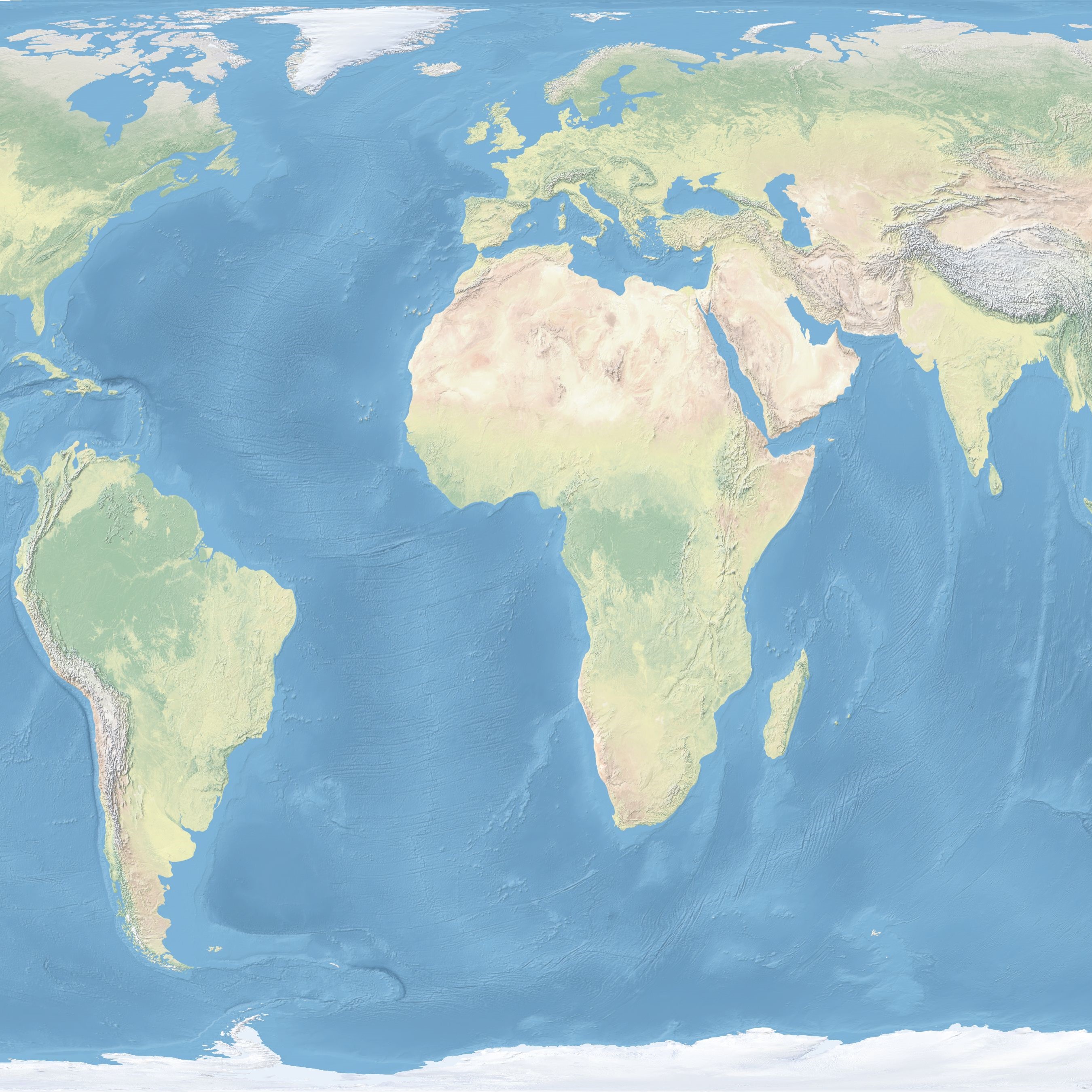Abstract
While being able to read data correctly is a vital skill, many sociology classes rely heavily on charts, graphs and tables that can be overwhelming and disengaging for students. One way to overcome this is for students to see firsthand the concept that they are learning about. Because it is not always possible for students to physically travel to the...Download this resource to see full details. Download this resource to see full details.
Details
- Subject Area(s):
- Visual Sociology
- Resource Type(s):
- Class Activity
- Class Level(s):
- Any Level
- Class Size(s):
- Small
Usage Notes
Usage NotesInstructions
We conducted this activity in a 200-level course called poverty studies, which is an elective for sociology majors but also fulfills two general education requirements, so most of the students were not sociology majors. While poverty itself might be well known to the students, it is possible that this is the first...
Download this resource to see full details. Download this resource to see full details.
Learning Goals and Assessments
Learning Goal(s):
- 1. By completing this activity, students will demonstrate an understanding of how poverty can appear different around the world.
- 2. By completing this activity, students will be able to discuss conditions of poverty and how they may impact the individuals living in the area.
- 3. By completing this activity, students will be able to demonstrate reflection skills and apply previously discussed materials to new activities.
Goal Assessment(s):
- 1. Students will fill out a worksheet that requires them to critically think and describe the variations or similarities they find from each location they view through the virtual reality simulation.
- 2. Students will be required to discuss with the class their findings from the activity and critically describe how these conditions could be impacting those living in the area.
- 3. Students will explain in class discussion how previously discussed materials from class apply to the areas they viewed in the virtual reality simulation.


